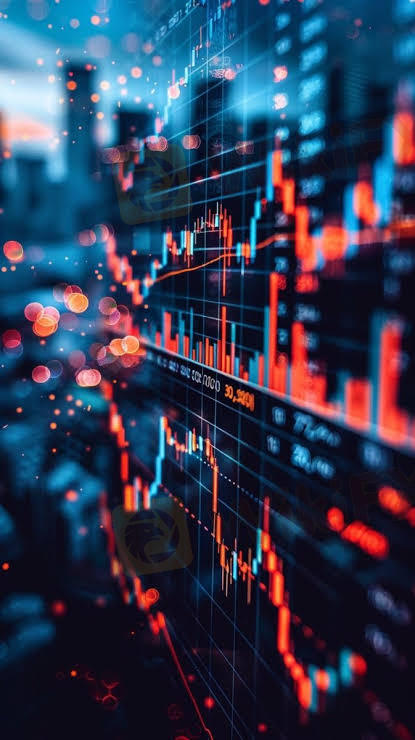
2025-06-27 08:56
इंडस्ट्रीVolatility and How It Shapes Forex Trading Outcome
Volatility and How It Shapes Forex Trading Outcomes
Volatility in the forex market refers to the degree of variation in currency price movements over time. It’s a core element of forex trading, creating both opportunities and risks. High volatility can mean larger price swings, which appeal to traders seeking quick profits, while low volatility often reflects stable, slower markets.
Several factors influence volatility, including economic news releases (like Non-Farm Payrolls or interest rate decisions), geopolitical events, and unexpected market sentiment shifts. For example, central bank announcements from the Federal Reserve or European Central Bank often trigger sharp movements in major currency pairs.
Traders should adapt their strategies to suit the level of volatility. During high volatility, short-term traders might find more entry points, but the risk of getting stopped out increases. Using wider stop-losses, adjusting position sizes, and trading during known news windows are ways to mitigate these risks.
Ultimately, understanding and anticipating volatility gives traders an edge in timing entries, exits, and risk exposure.
#CommunityAMA
लाइक करें 0
zulkilfi
المتداول
गर्म सामग्री
इंडस्ट्री
विदेशी मुद्रा कहानी Forex story
इंडस्ट्री
User Survey Questionnaire
इंडस्ट्री
User Survey Questionnaire
इंडस्ट्री
User Survey Questionnaire
इंडस्ट्री
User Survey Questionnaire
इंडस्ट्री
Participate in the survey and claim your contribution rewards!
फोरम केटेगरी

प्लेटफॉर्म

एक्सहिबिशन

एजेंट

भर्ती करना

EA

इंडस्ट्री

मार्केट

इंडेक्स
Volatility and How It Shapes Forex Trading Outcome
 मलेशिया | 2025-06-27 08:56
मलेशिया | 2025-06-27 08:56Volatility and How It Shapes Forex Trading Outcomes
Volatility in the forex market refers to the degree of variation in currency price movements over time. It’s a core element of forex trading, creating both opportunities and risks. High volatility can mean larger price swings, which appeal to traders seeking quick profits, while low volatility often reflects stable, slower markets.
Several factors influence volatility, including economic news releases (like Non-Farm Payrolls or interest rate decisions), geopolitical events, and unexpected market sentiment shifts. For example, central bank announcements from the Federal Reserve or European Central Bank often trigger sharp movements in major currency pairs.
Traders should adapt their strategies to suit the level of volatility. During high volatility, short-term traders might find more entry points, but the risk of getting stopped out increases. Using wider stop-losses, adjusting position sizes, and trading during known news windows are ways to mitigate these risks.
Ultimately, understanding and anticipating volatility gives traders an edge in timing entries, exits, and risk exposure.
#CommunityAMA
लाइक करें 0
मैं भी टिप्पणियाँ करना चाहता हूँ
प्रस्तुत
0टिप्पणियाँ

अभी तक कोई टिप्पणी नहीं है। पहले एक बनाओ।

प्रस्तुत
अभी तक कोई टिप्पणी नहीं है। पहले एक बनाओ।